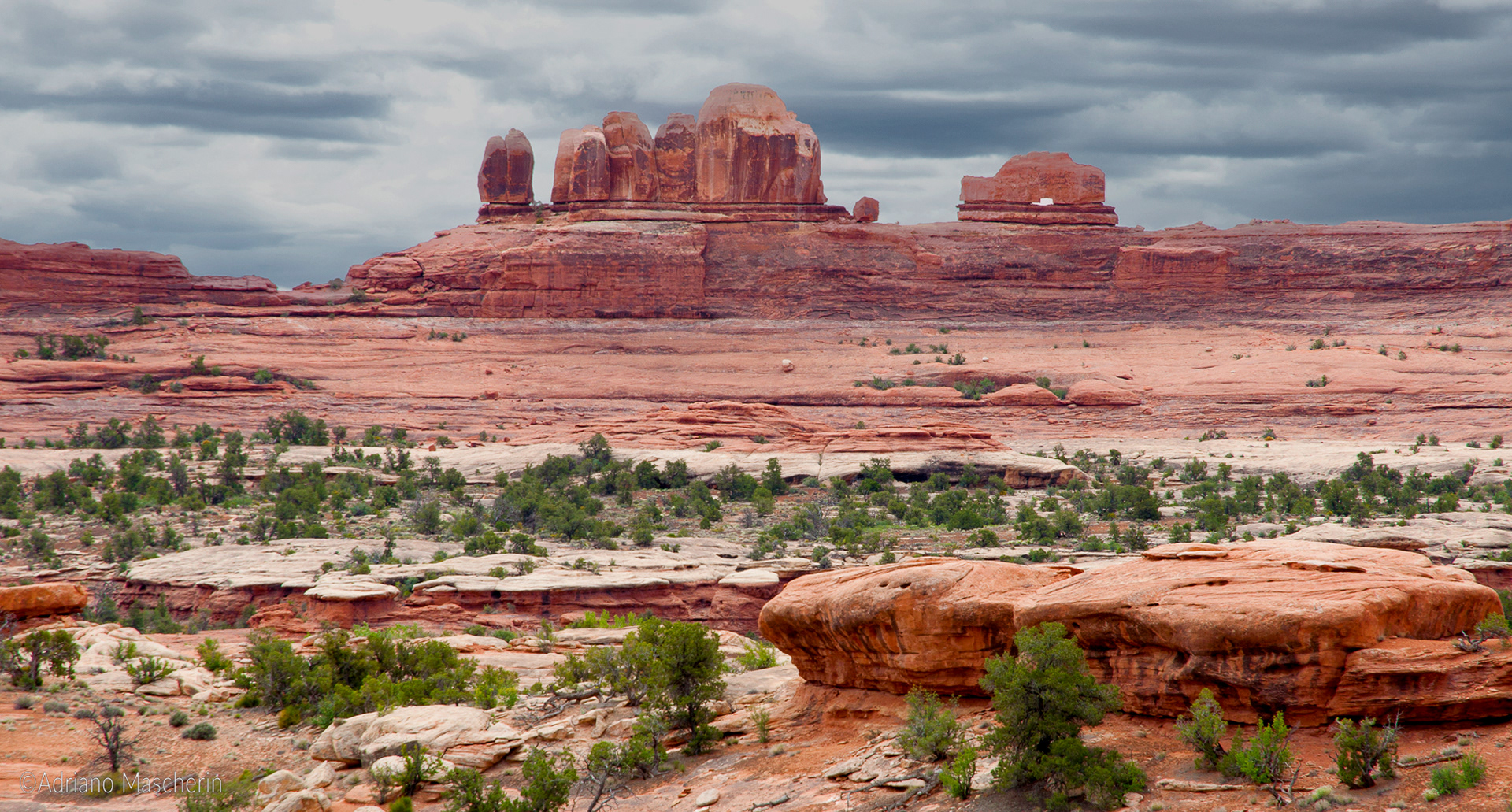Un aspetto che mi ha colpito nel viaggio negli USA sono state le imponenti formazioni rocciose, anzi di arenaria, che lo scorrere del tempo ha modellato in vere e proprie cattedrali, piene di guglie e torrioni che talvolta sfidano le leggi di gravità. Gli agenti atmosferici, hanno modellato queste formazioni, con un lavoro lento ma continuo e incessante nell’andare dei millenni e continua tutt’ora. Nel corso di una vita non si possono notare significativi cambiamenti nel paesaggio ma, nel millenni le bellezze che vediamo oggi verranno modificate, levigate, erose fino a che alcune strutture crolleranno e non saranno più come prima e forse altre bellezze nasceranno da questo lavorio del tempo.
L’emozione che si prova guardando il Bryce Canyon da uno sui suoi punti panoramici, è indescrivibile non ci sono parole adatte per spiegarla, nel vedere questa distesa interminabile di guglie chiamate “hoodoos” che sembra un’esercito allineato di fronte al comandante. A tal proposito c’è una leggenda Paiute che dice:
Prima degli Indiani, il Popolo Leggenda gli “to-when-an-ung-wa” abitarono quel luogo. Ce n’erano moltissimi. Erano di tante specie – uccelli, animali, lucertole ed altri – però avevano l’aspetto umano…. Per qualche ragione essi erano cattivi ed allora Coyote li trasformò tutti in sassi. Li puoi vedere, alcuni sono in piedi in riga, alcuni seduti ed altri si tengono per mano l’un l’altro. Puoi vedere le loro facce, sporche di pittura, proprio come erano prima di essere trasformati in rocce.
Dagli alti bordi del Grand Canyon si possono vedere una litania di cattedrali che il Colorado ed i suoi affluenti hanno formato scavando nell’immenso plateau; questo scavo (in alcuni punti arriva a 1600 mtr.) ha messo in luce un libro geologico che varia in età dai 2 miliardi di anni degli Scisti di Vishnu alla base dell'Inner Gorge ai 230 milioni di anni di età del Calcare di Kaibab sull'orlo. Quando si leggono questi dati e si pensa alla nostra esistenza ci si rende conto più che mai che essa corrisponde un battito di ali nel tempo della terra. Il Colorado più a nord passa nel parco Nazionale di Canyonlands dove accoglie le acque del Green River ed il materiale che continuamente scava lo porta a decantarsi nel lago di Powell (col tempo questo enorme lago artificiale verrà riempito dai detriti) per poi proseguire attraverso al Grand Canyon scorrendo in un solco simile ad una profonda ruga o cicatrice sul volto della terra. Il Colorado in certi anni non arriva a vedere l’oceano per il prelievo intensivo delle sue acque per l’irrigazione e usi civili e anche per i cambiamenti climatici che riducono le precipitazioni.
Al di la dei dati e delle misure il panorama dal Grand Canyon e da Canyonlands (chiamata anche isola nel cielo) è immenso la vista si perde e anche i nostri pensieri si perdono….
Non lasciano indifferenti le formazioni del Capitol Reef NP che forma una piega montuosa lunga 160 km., il Grand Staircase selvaggio e raggiungibile solo con mezzi 4 ruote motrici nella stagione secca, la Burr Trail che parte da Boulder e raggiunge Bulfrog con un percorso di circa 120 km, la prima parte è asfaltata ma poi diventa strada sterrata che corre in un ambiente impervio e grandioso. Che dire poi della Monument Valley con le sue mesas, guglie, aghi che abbiamo potuto vedere in famosi film western ed il colore rosso dominante che avvolge questo luogo affascinante della Navajo Nation. Qui veramente si rimane incantati dalle visioni che sembrano sospese nel tempo. Vicino possiamo ammirare le colorate grafie di Mexican Hat, la valle degli Dei, le anse di Goosenecks State Park dove lo Juan River, affluente del Colorado, ha scavato un canyon profondo 300 mtr. formando una serie di anse incredibili. Alla fine del nostro viaggio passiamo per Sedona dove si respirano atmosfere New Age e il rosso è ancora protagonista in Cathedral e Bell Rock e altre ancora dove l’Oak Creek con le sue acque favorisce una rigogliosa vegetazione nella valle.
Ora guardatevi alcuni frammenti di questo mondo che ci ha così profondamente colpito per la sua bellezza primordiale e che spero di poter vedere ancora una volta….
One aspect that struck me during trip to the USA were the impressive rock formations, sandstone on the contrary, that with the flow of time has shaped into genuine cathedrals, filled with spires and towers that sometimes defy the laws of gravity. Atmospheric agents, have shaped these formations, working slowly but continuously and relentlessly going back thousands of years and still continues now. In the course of a lifetime you may not notice significant changes in the landscape, but in millennia the beauty we see today will be changed, smooth, eroded until some structures will collapse and won't be the same as before and perhaps other beauties will be born by this work of time .
The emotion you feel by watching Bryce Canyon and overlooking its panoramic view, is undescribable, there are no words to explain it, to see this endless expansion of spires named 'hoodoos' that seems like an army lined up in front of its captain. In this regard, there is a Paiute legend that says:
" Before there were any Indians, the Legend People, To-when-an-ung-wa, lived in that place. There were many of them. They were of many species-birds, animals, lizards and such things- but they looked like people.. For some reason, the Legend People in that place were bad. Because they were bad, Coyote turned them all into rocks. You can see them now, all turned into rocks; some standing in rows, some sitting down, some holding onto others. You can see their faces, with paint on them just as they were before they became rocks"
By the high edge of the Grand Canyon you can see a litany of cathedrals that the Colorado and its tributaries formed by digging in the immense plateau; this excavation (in some places reaches up to 1600 mtr.) has exposed a geological Book ranging in age from 2 billion years of schists of Vishnu at the base of the Inner Gorge to the 230 million years of the Kaibab Limestone on edge. When you read this data and you think of our existence we realize more than ever that it corresponds to a beat of wings in Earth time.
Colorado, further going north passes in the National Park Canyonlands which includes the waters of the Green River and the material that constantly erodes , take him to decant in Lake Powell (with time this huge artificial lake will be filled with debris) and follow through the Grand Canyon flowing in a groove similar to a deep wrinkle or scar on the face of the earth. Colorado in some years not get to see the ocean as the intensive removal of water for irrigation and domestic use and also for the climatic changes that reduce precipitation.
[Beside the data and measurements the view from the Grand Canyon and Canyonlands (also called Island in the Sky) is the immense view and is lost like thoughts....
They do not leave one indifferent the formations of Capitol Reef NP, which forms a 160 km long mountain folds. The Grand Staircase wild and accessible only by 4-wheel drive vehicles in the dry season, the Burr Trail running from Boulder and reaches Bullfrog with a distance of approximately 120 km, the first part is paved but then becomes a dirt road that runs in an environment rough and impressive. And what can one say about the Monument Valley with its mesas, spires, needles that we see in the famous western movies and the dominant red colour that surrounds this fascinating place on the Navajo Nation. Here we really become so enchanted by visions that seem suspended in time. Near by we can admire the colourful handwritings of Mexican Hat, the Valley of the Gods, the meanders of Goosenecks State Park where Juan River, a tributary of the Colorado, has carved a canyon 300 mtr. deep forming a series of amazing meanders. At the end of our journey we pass through Sedona where you breathe New Age atmospheres and red is still the protagonist in Cathedral and Bell Rock, and others where the Oak Creek with its water favours a lush vegetation in the valley.

Agua Canyon - Bryce Canyon NP
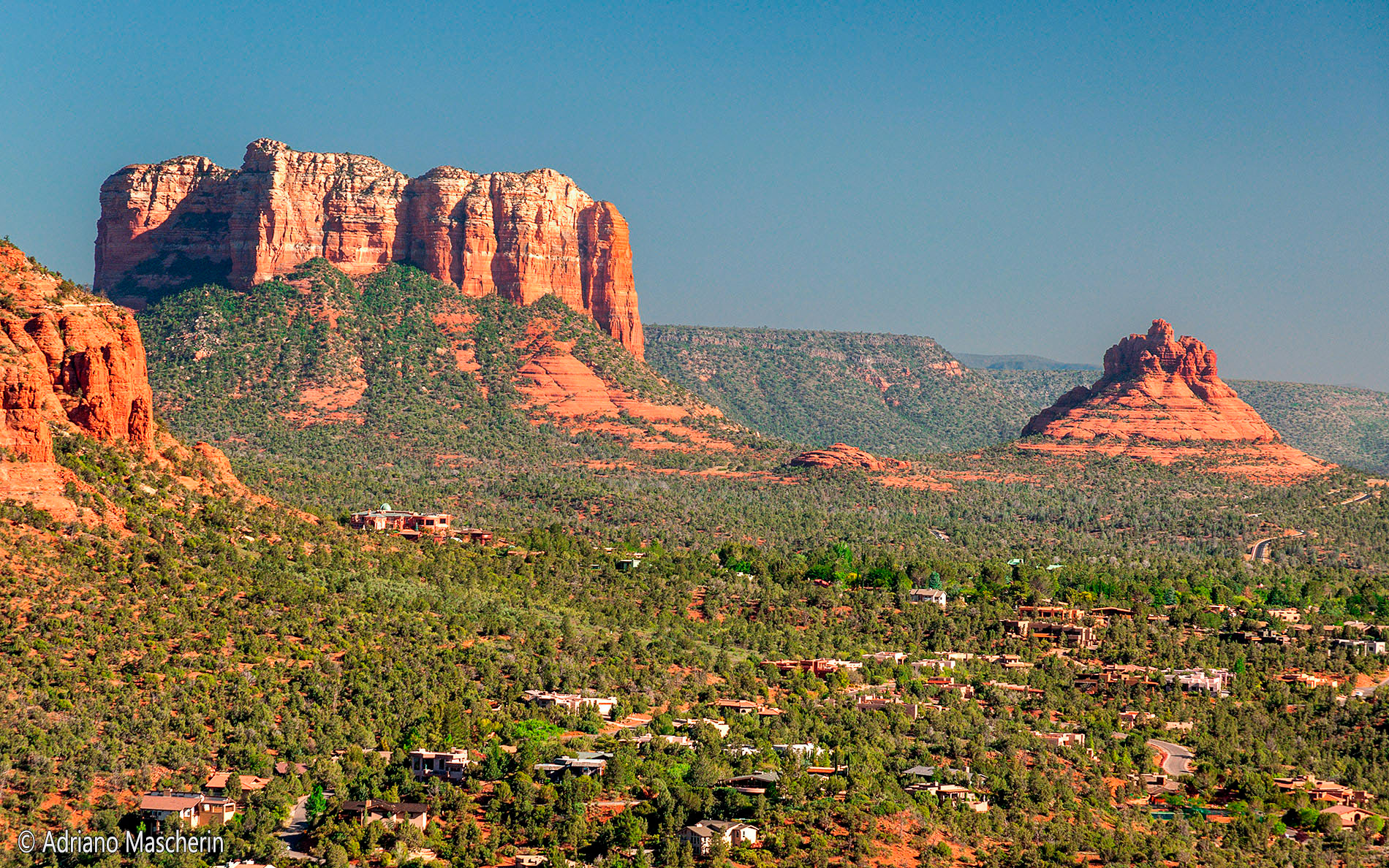
Bell Rock - Sedona

Bryce point - Bryce Canyon
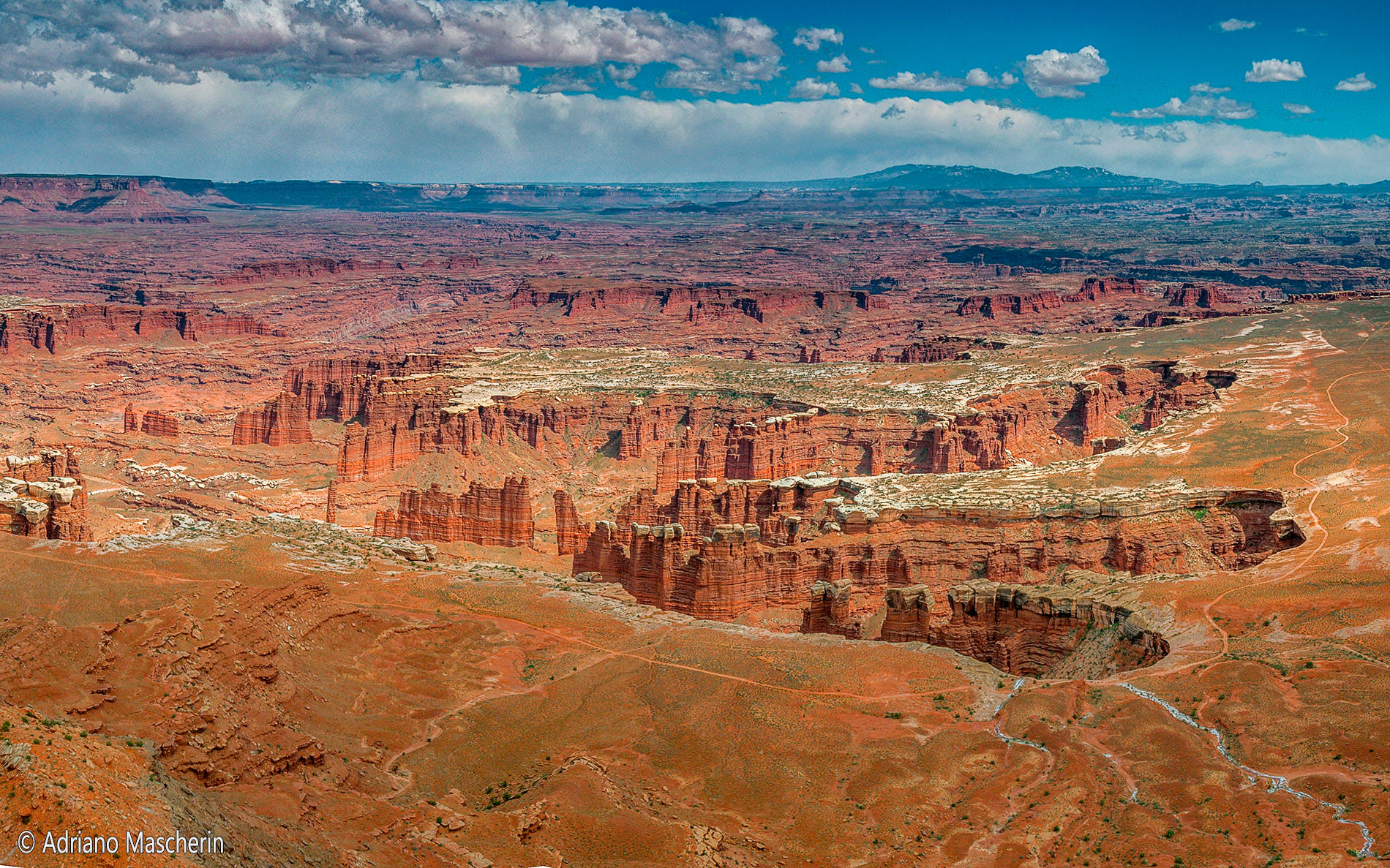
Grand view overlook - Canyonlands NP
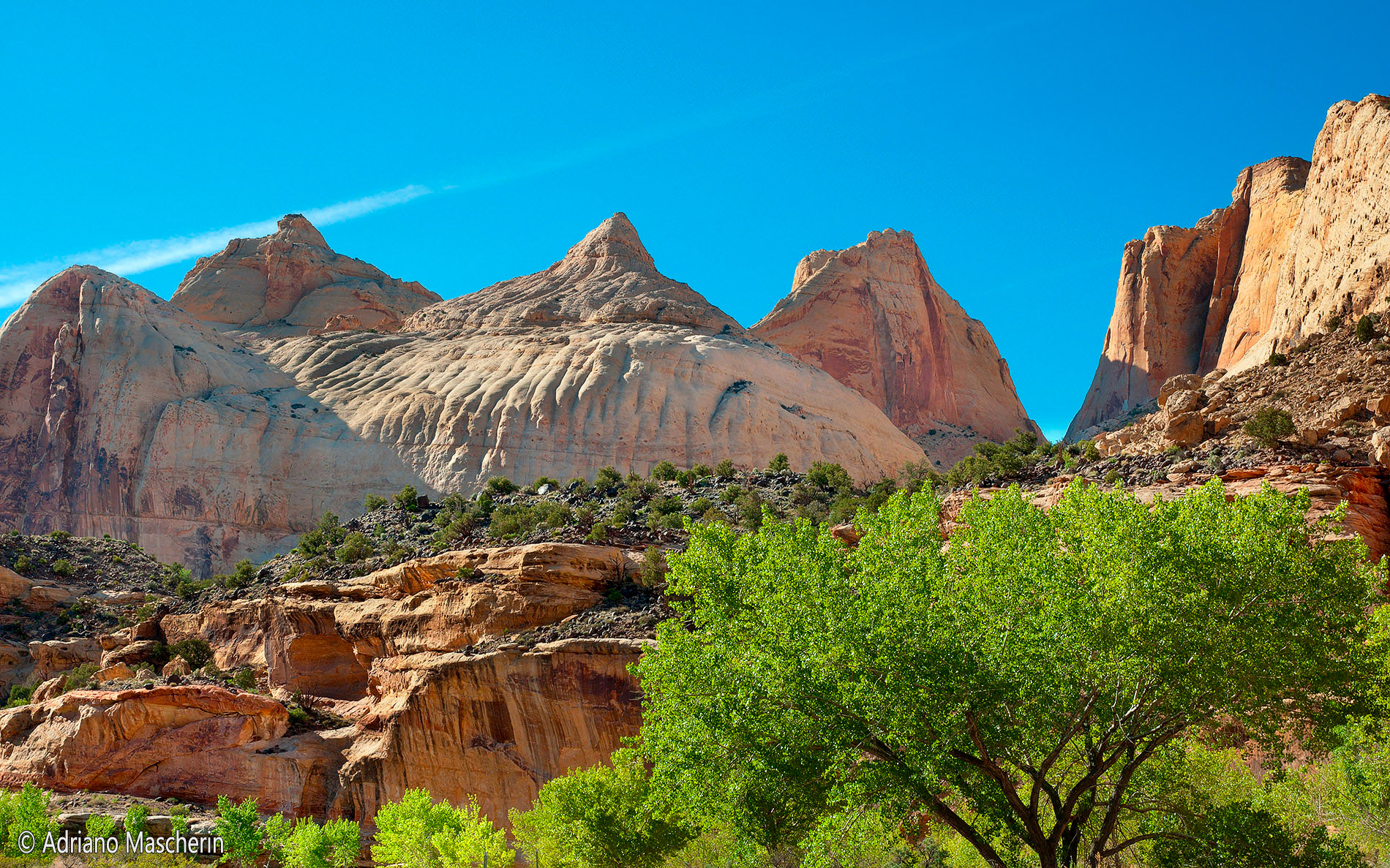
Capitol Dome - Capitol Reef NP

Caste Valley near Colorado river
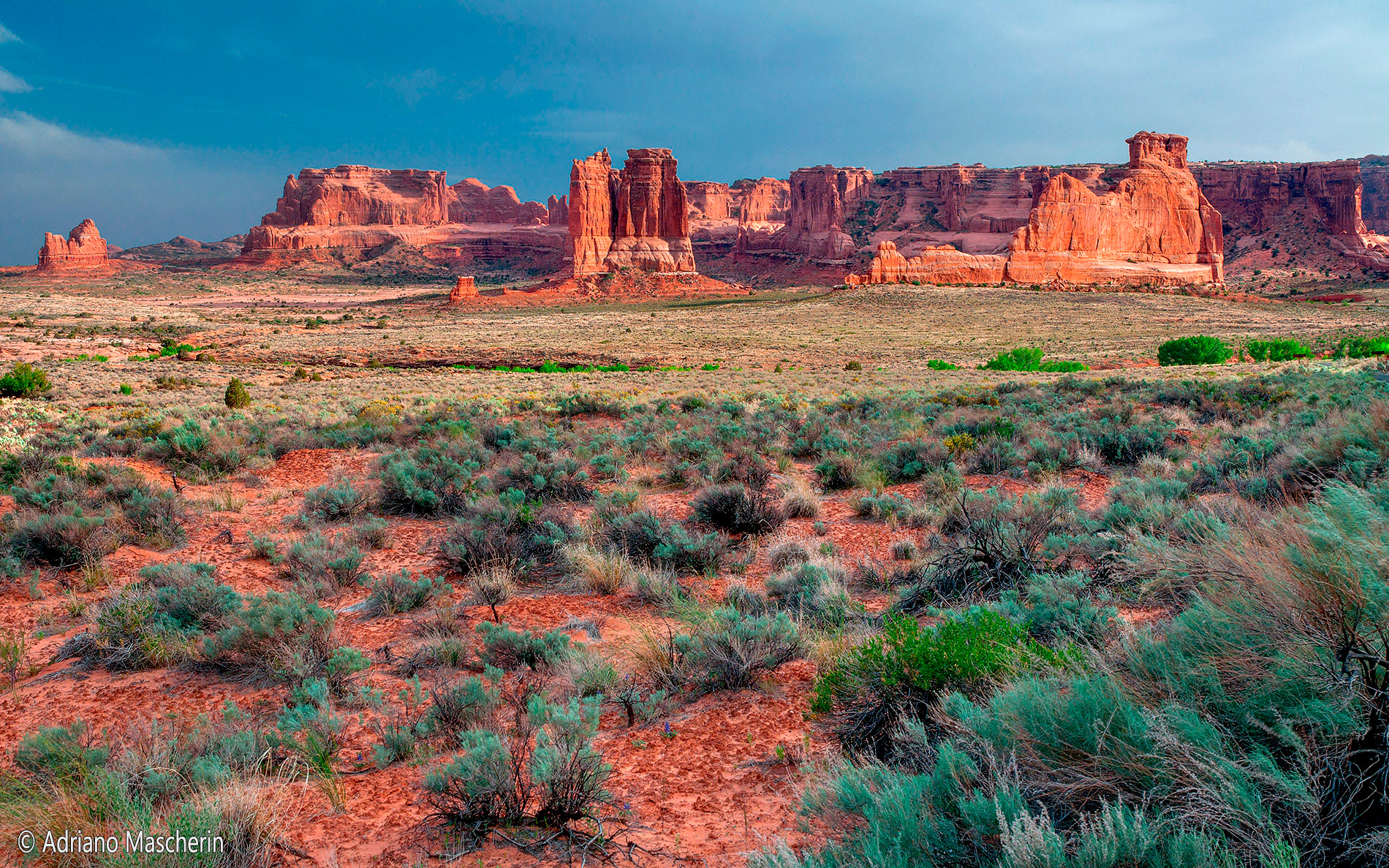
Courthouse Towers - Arches NP
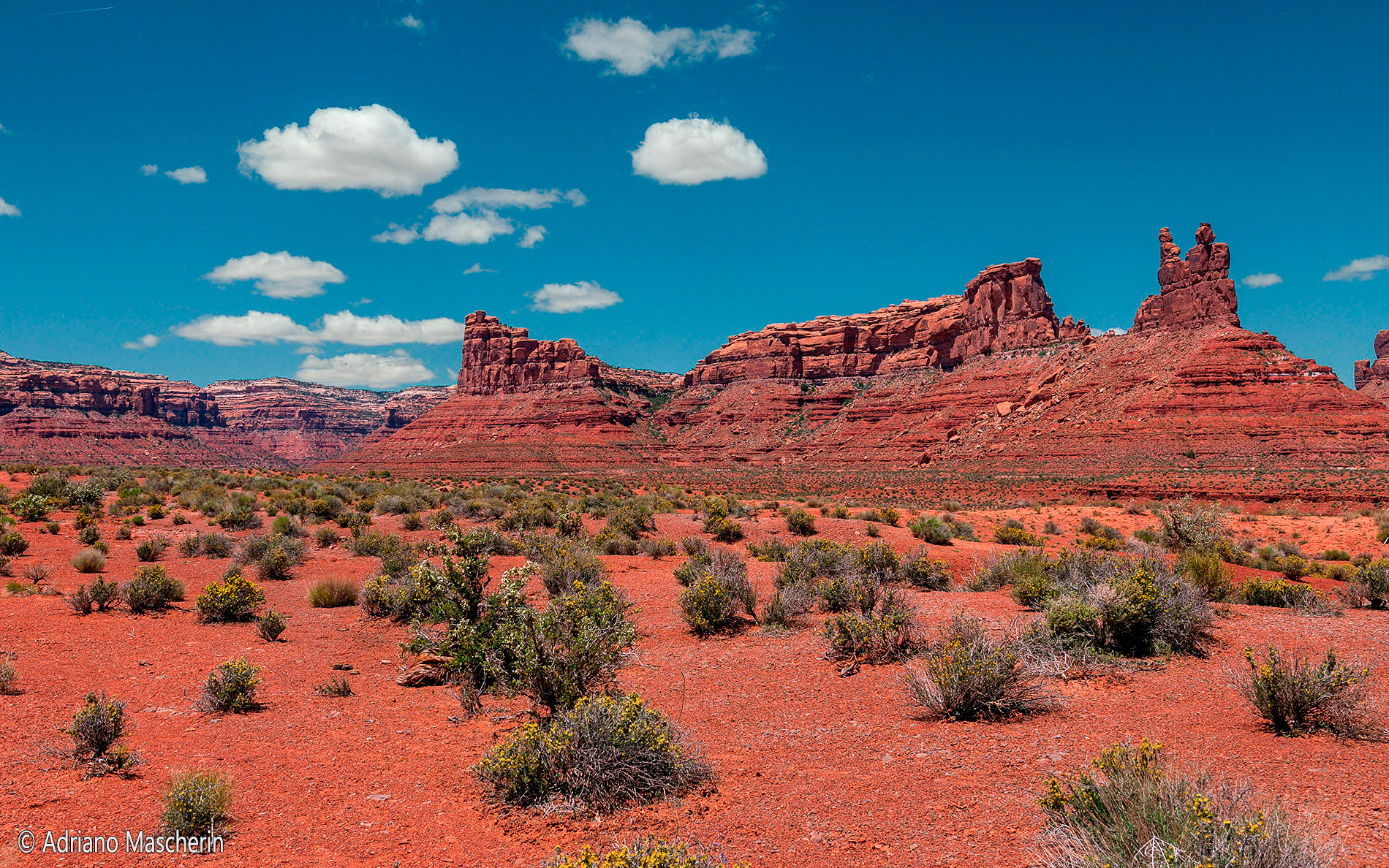
Valley of Gods

Desert View - Grand Canyon NP
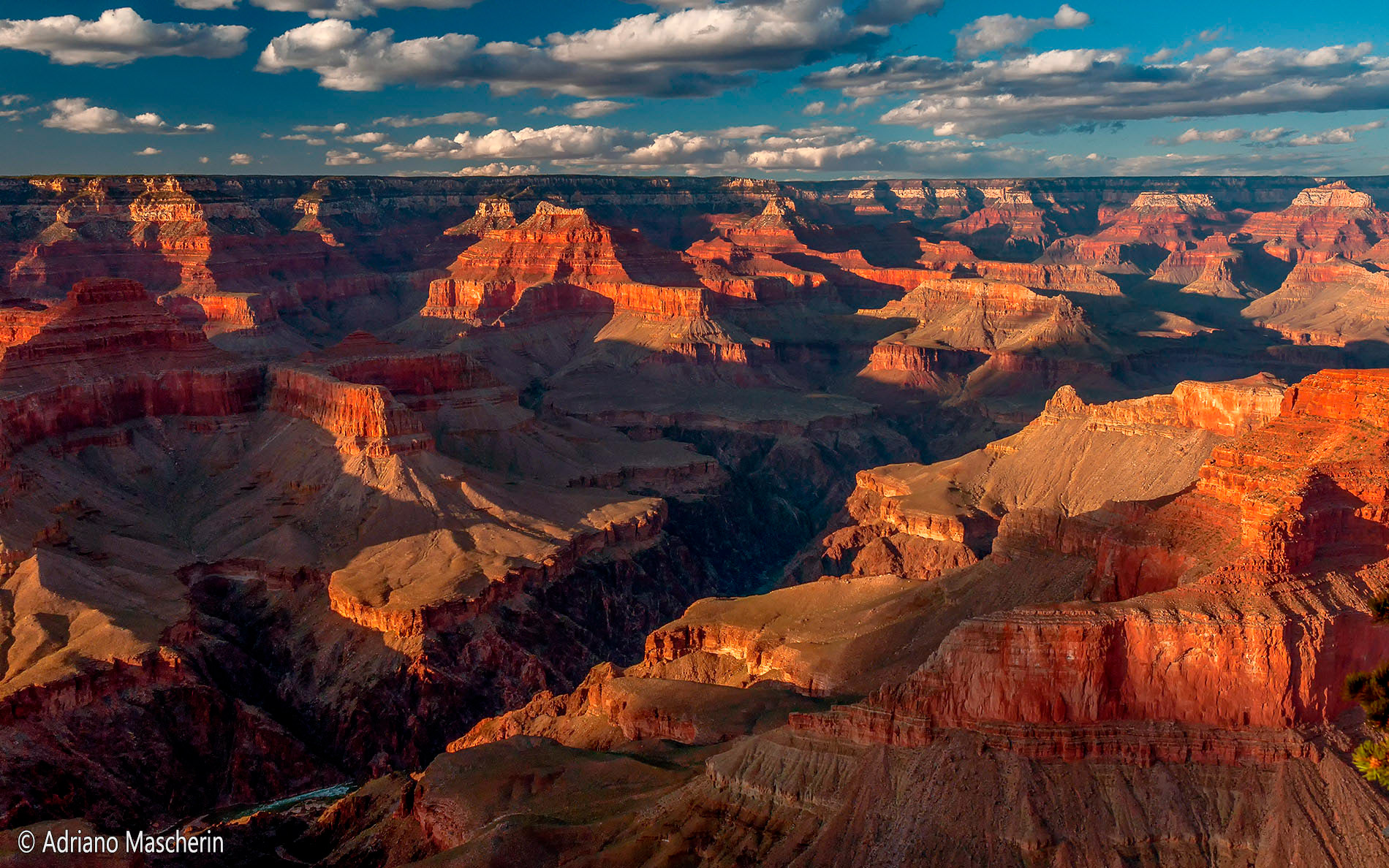
Hermits Rest - Grand Canyon NP
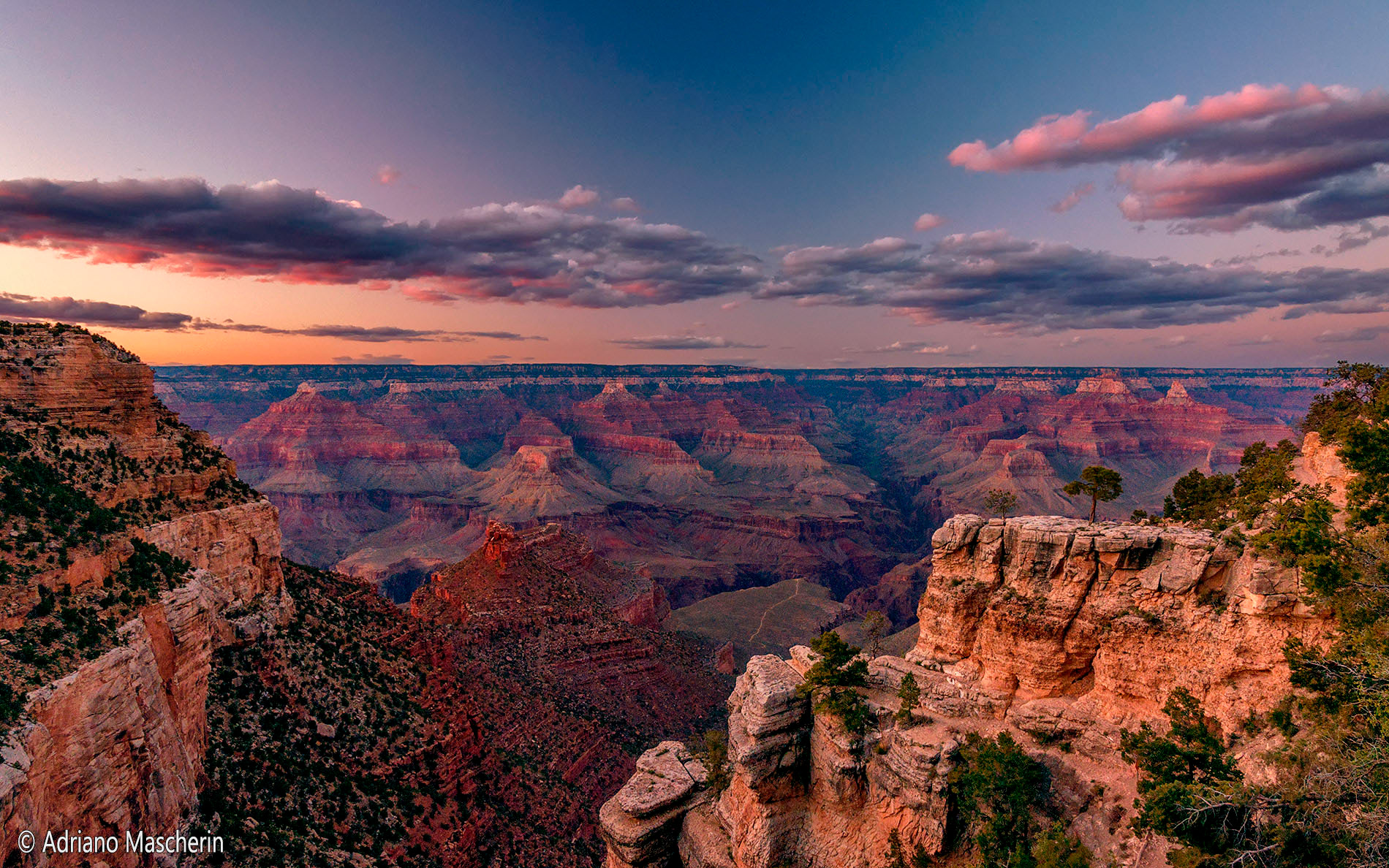
Grand Canyon from bus station
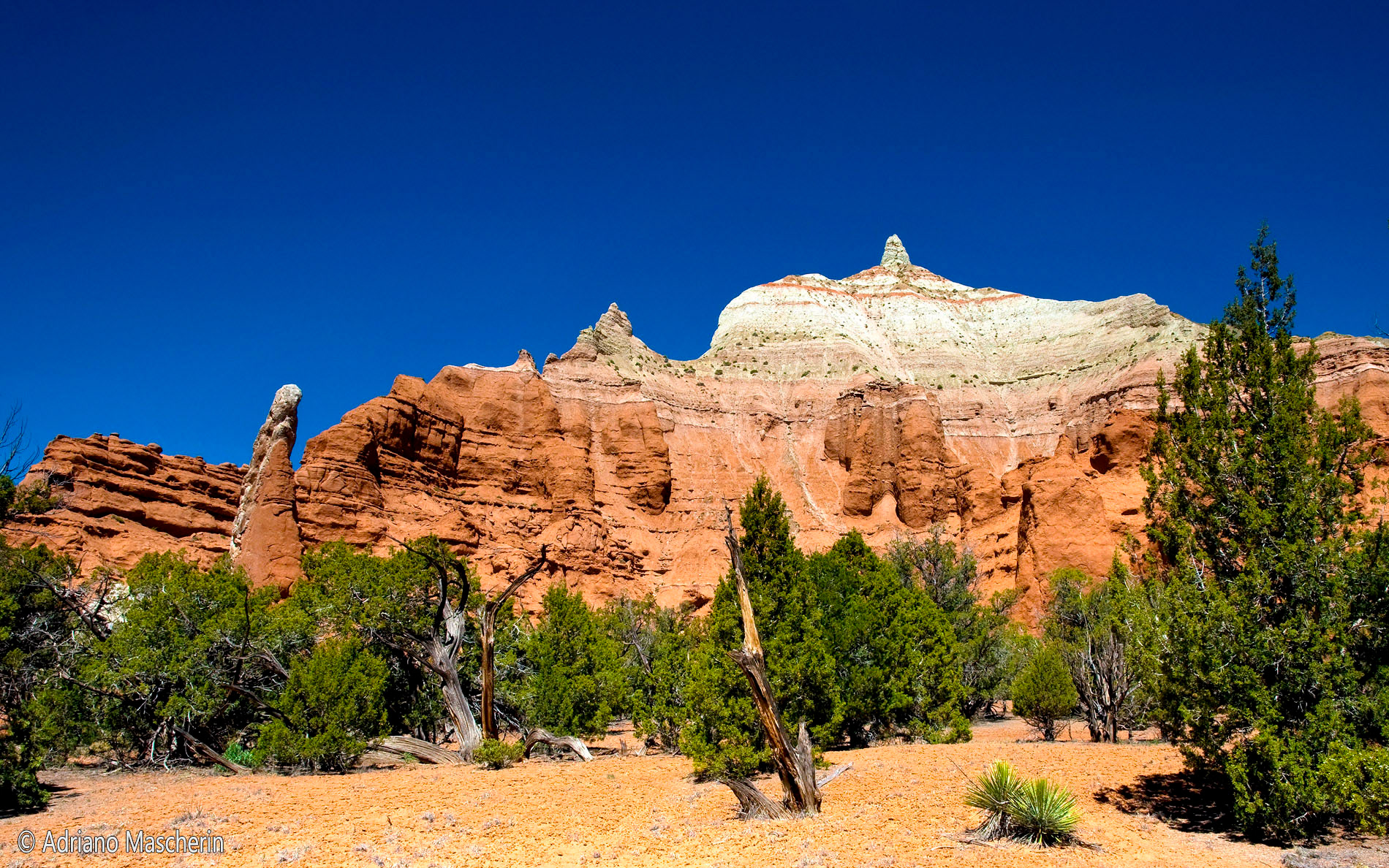
Kodakchrome Basin State Park

West Mitten Butte - Monument Valley NM
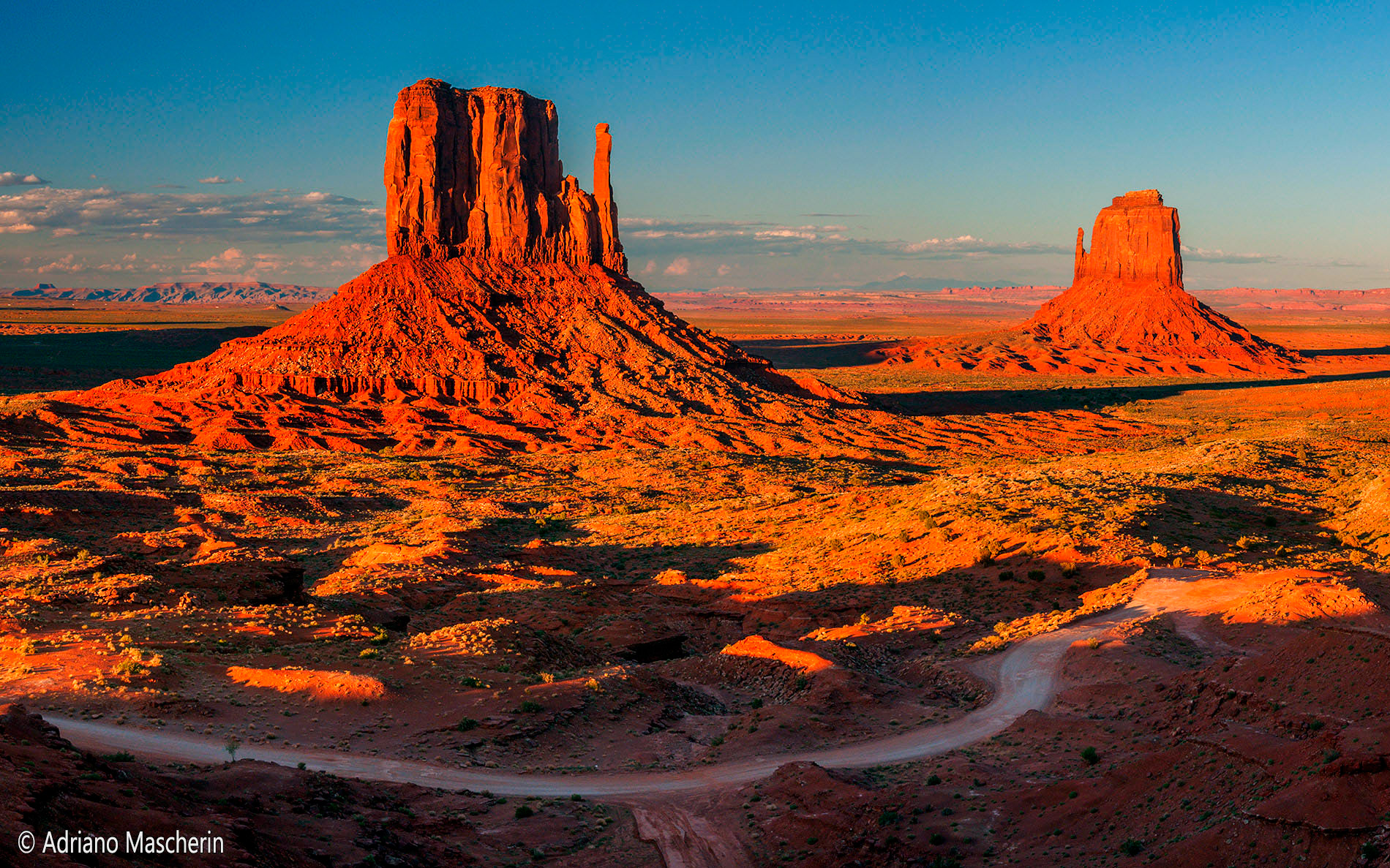
West Mitten Butte - Monument Valley NM

White Dome - Valley of Fire SP

Goosenecks State Park
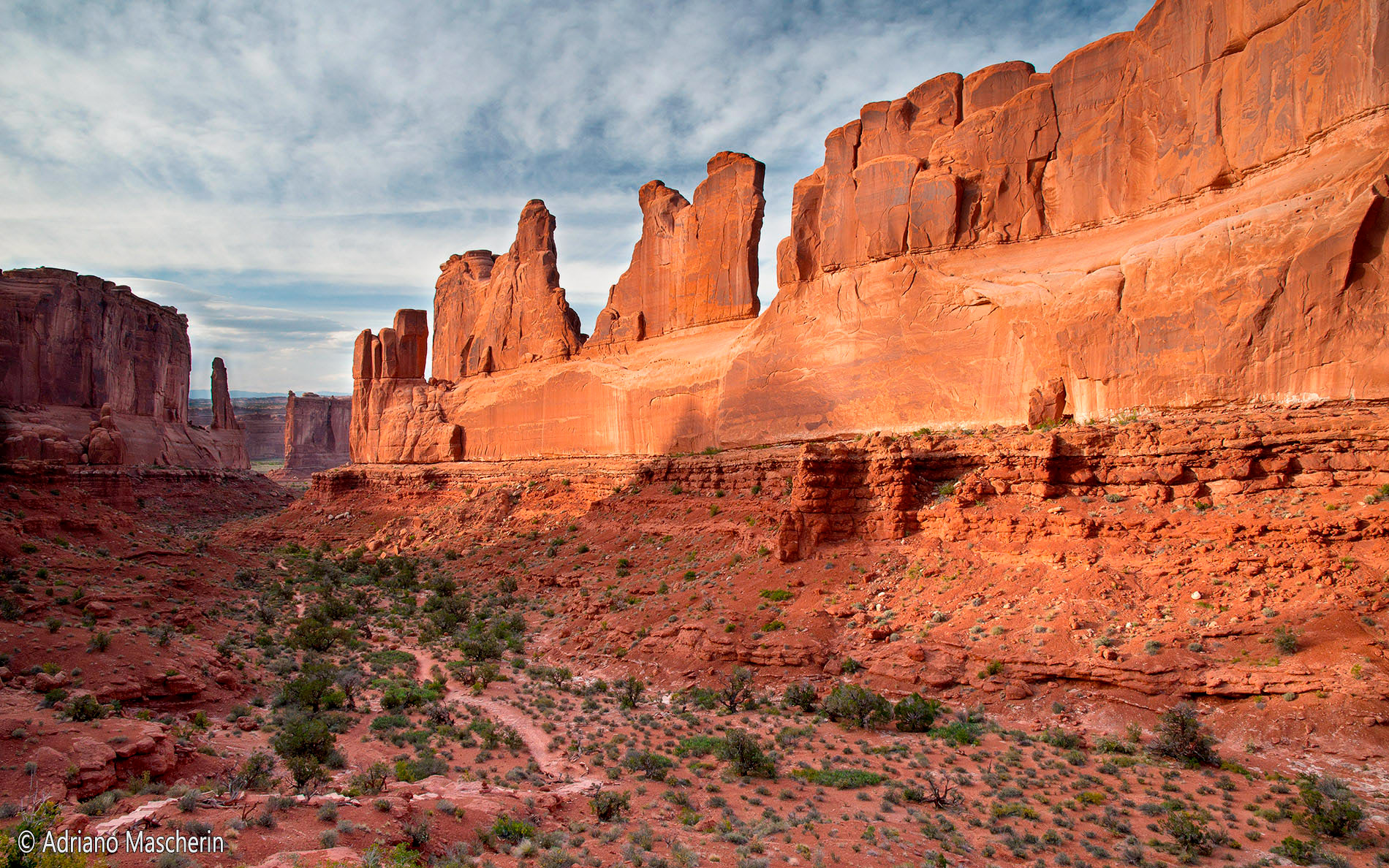
Park Avenue - Arches NP
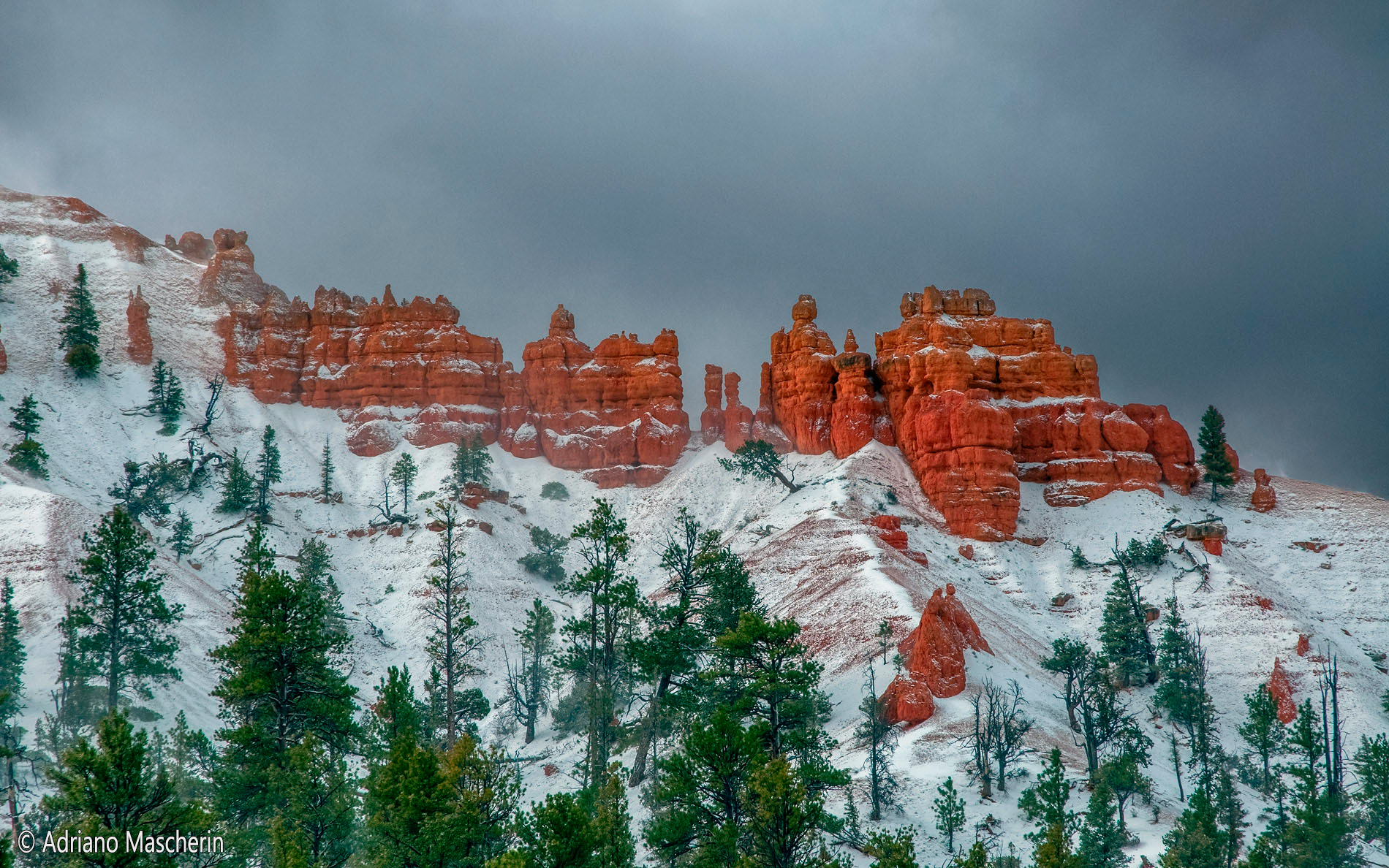
Neve fresca nel Red Canyon - Fresh snow in the Red Canyon
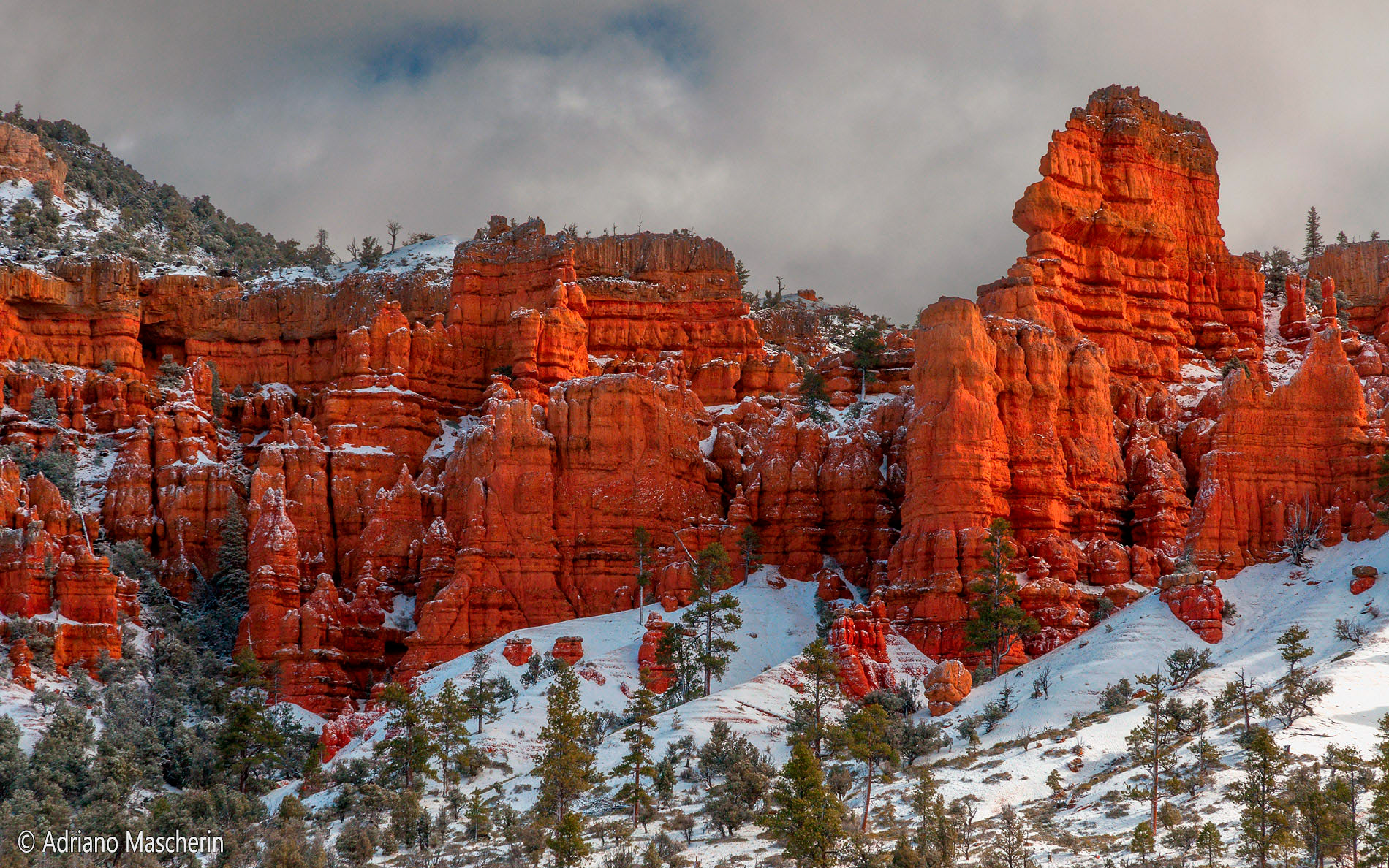
Red Canyon
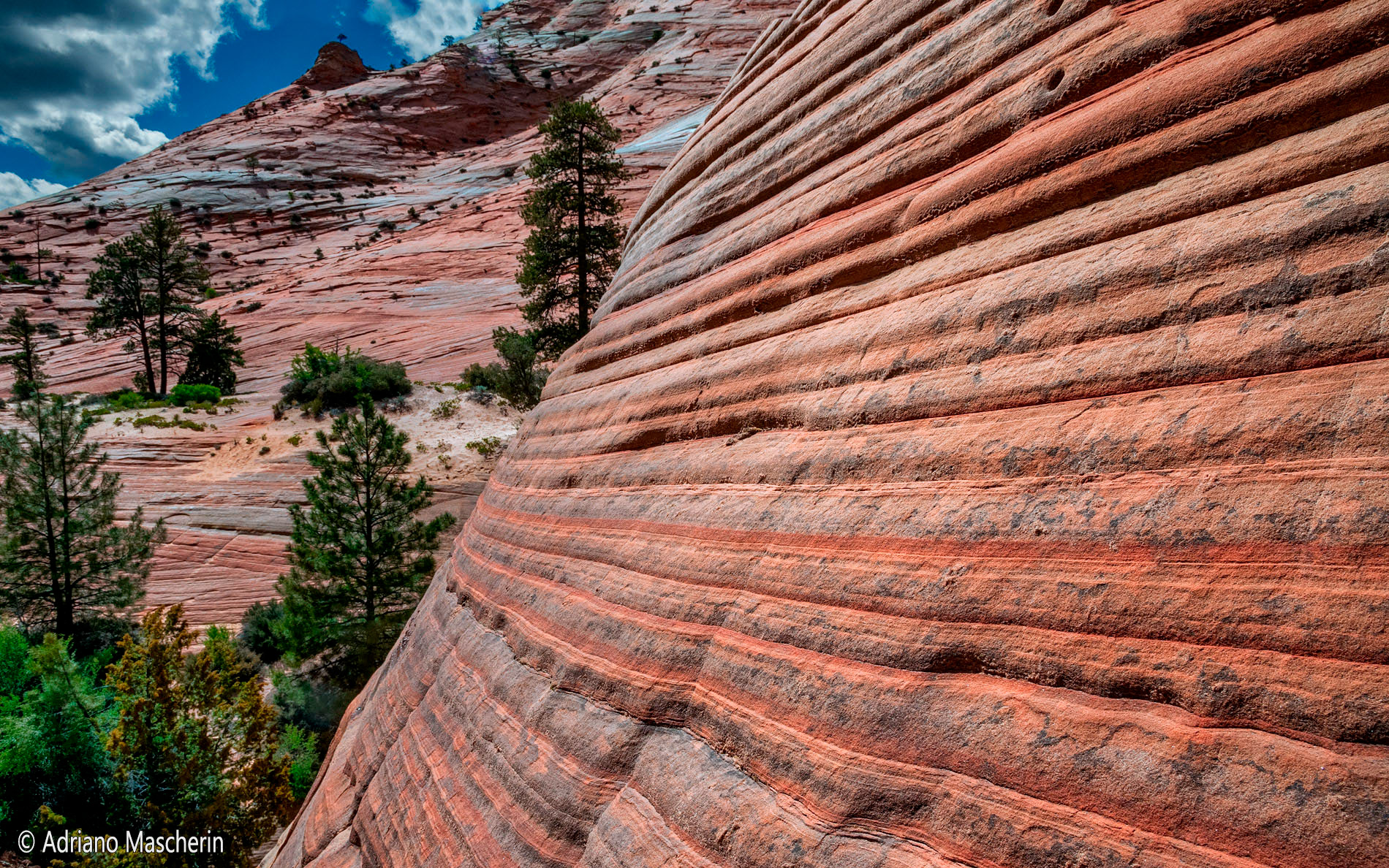
Roks near Checkerboard Mesa - Zion NP
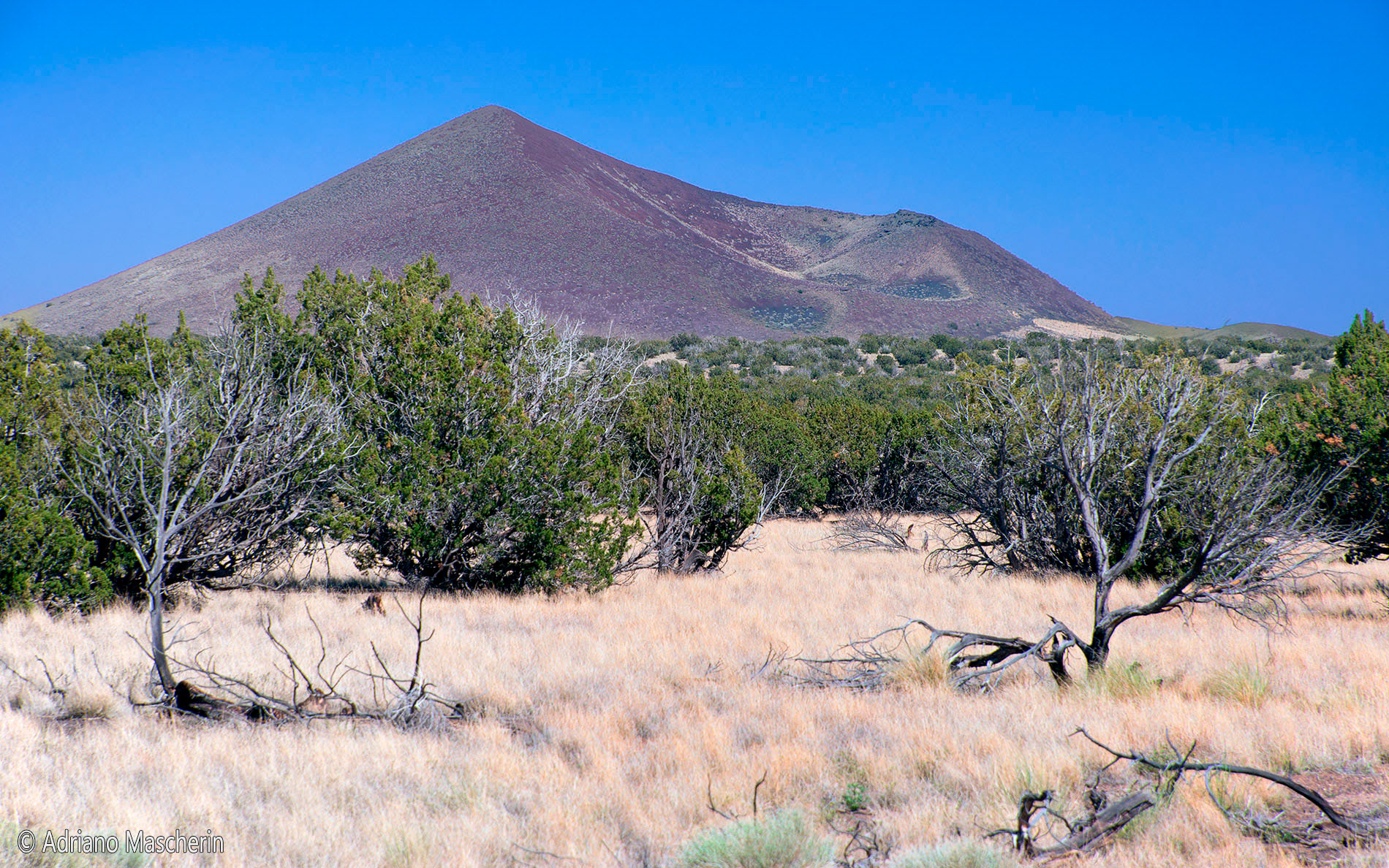
Strawberry Crater
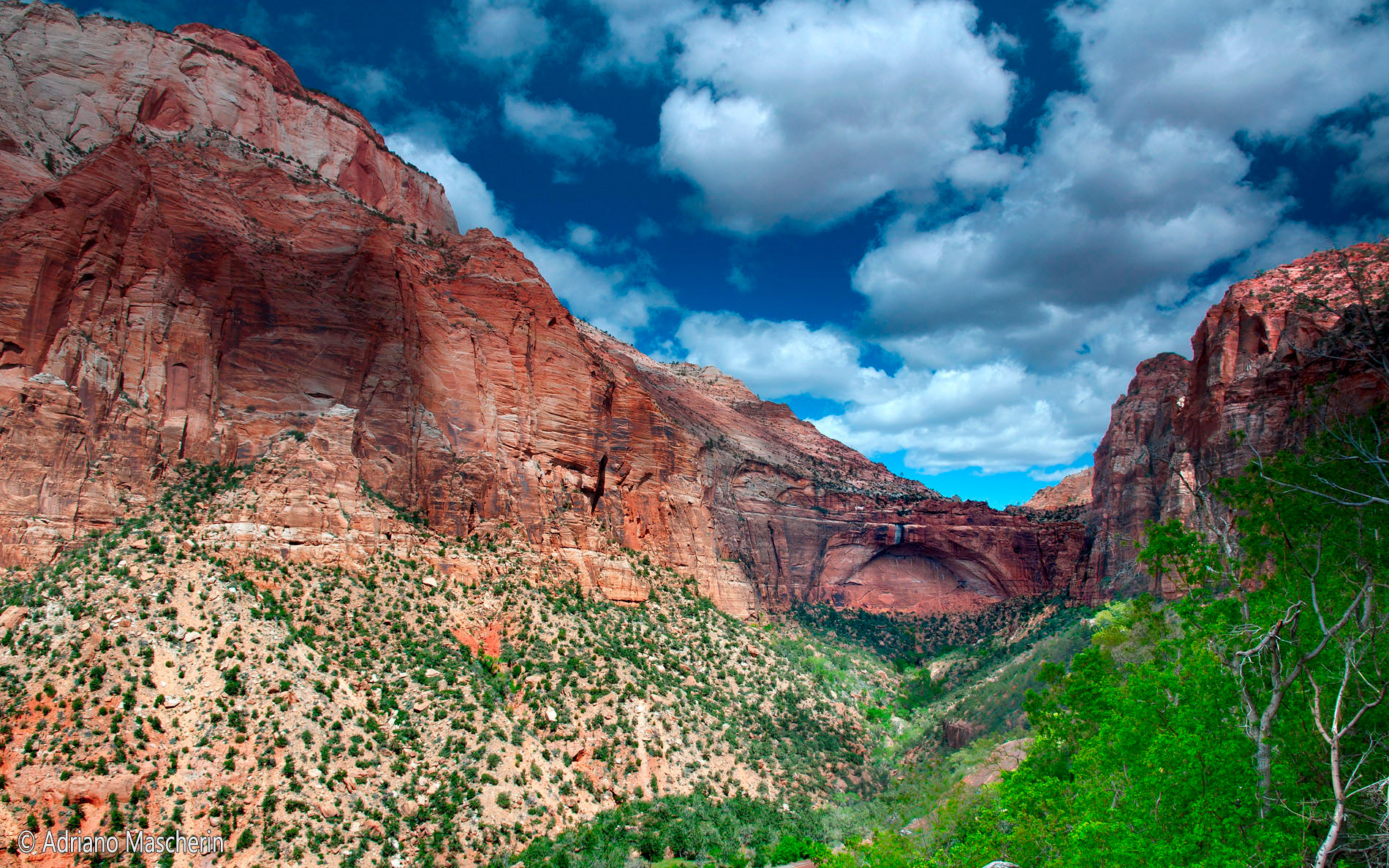
View from Mount Carmel Highway - Zion NP
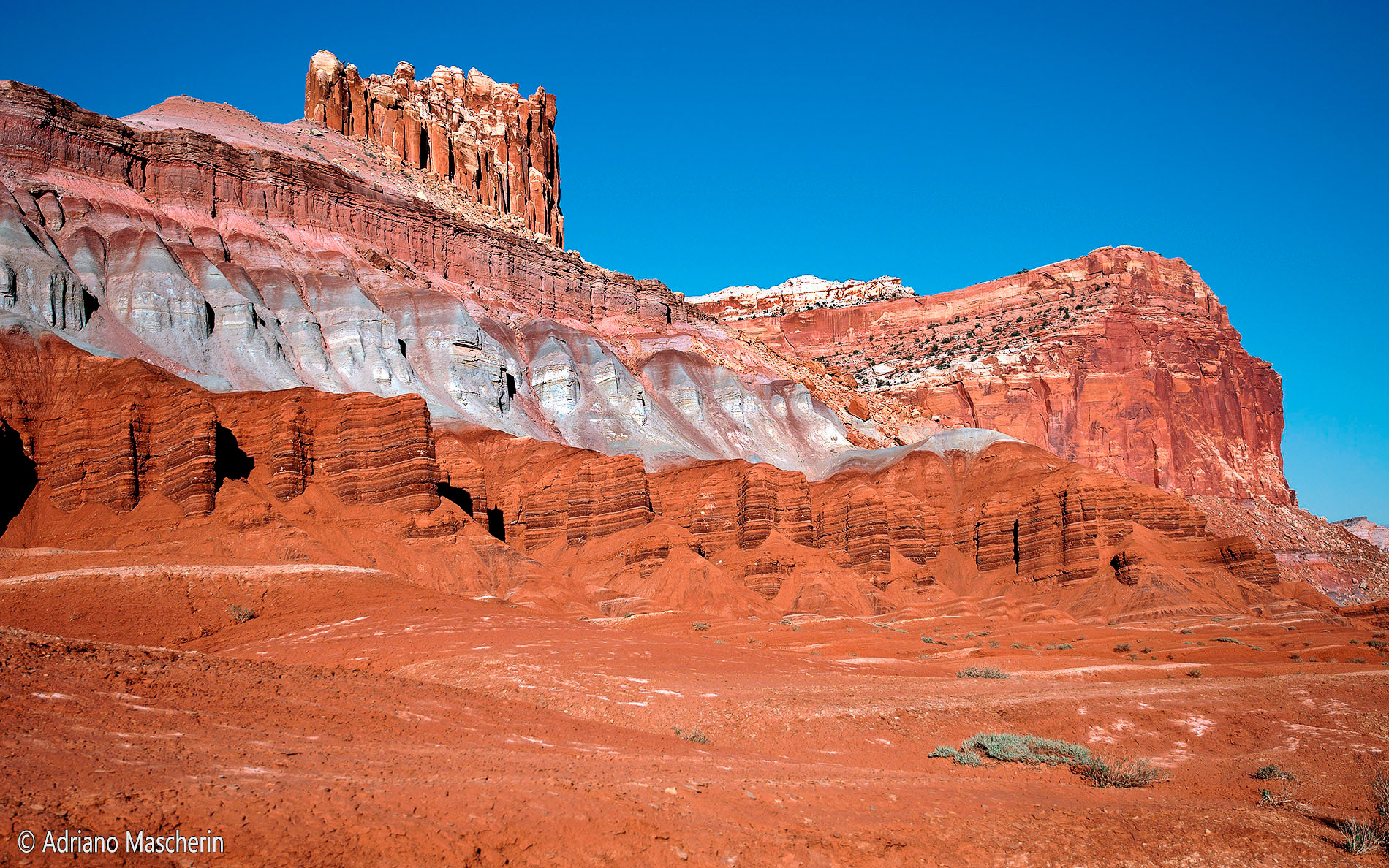
The Organ - Capitol Reef NP

Burr Trail
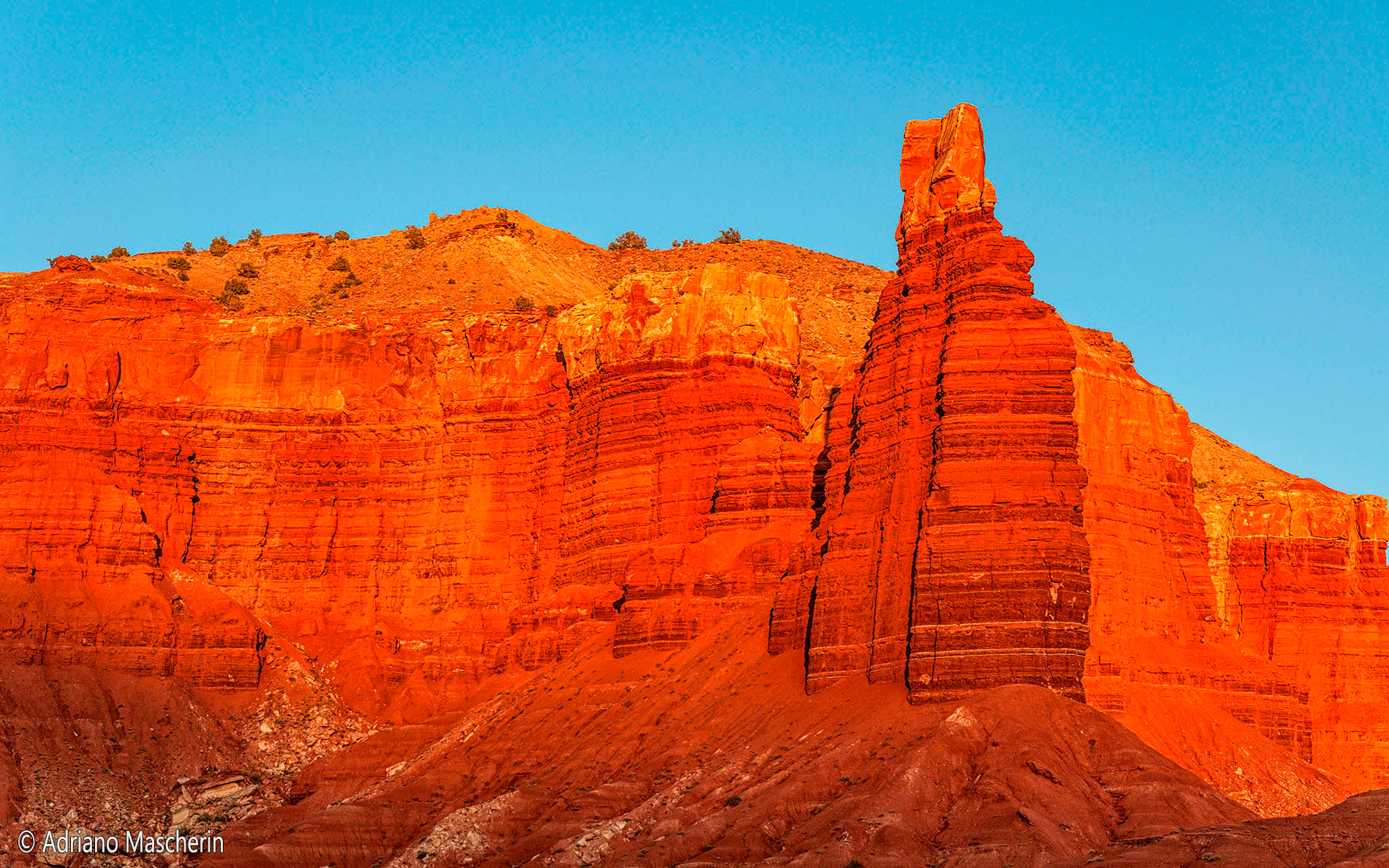
Chimmery Rock - Capitol Reef NP
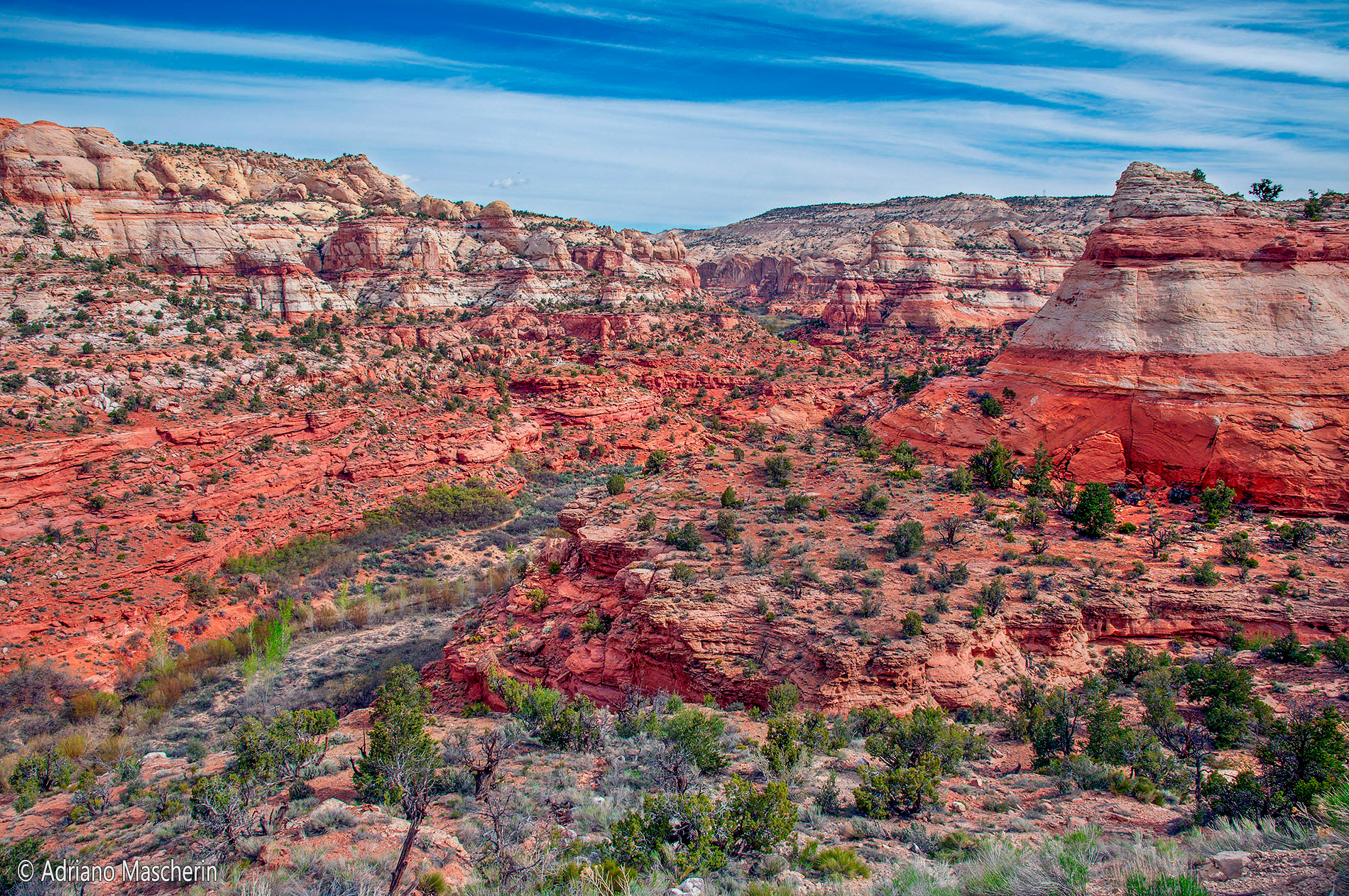
Creek River Valley - Grand Staircaise
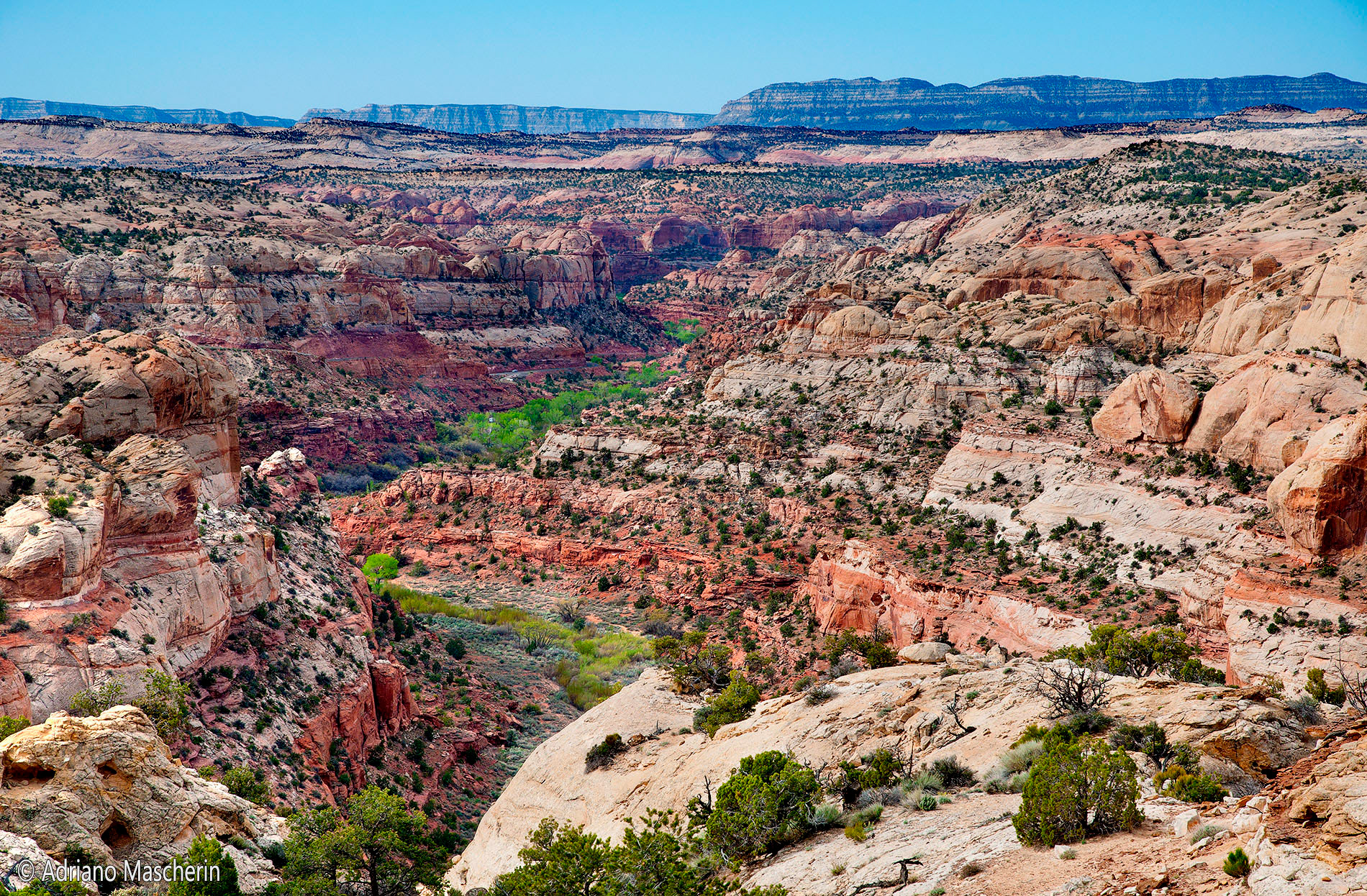
Creek River Valley - Grand Staircaise

Monument Valley NM
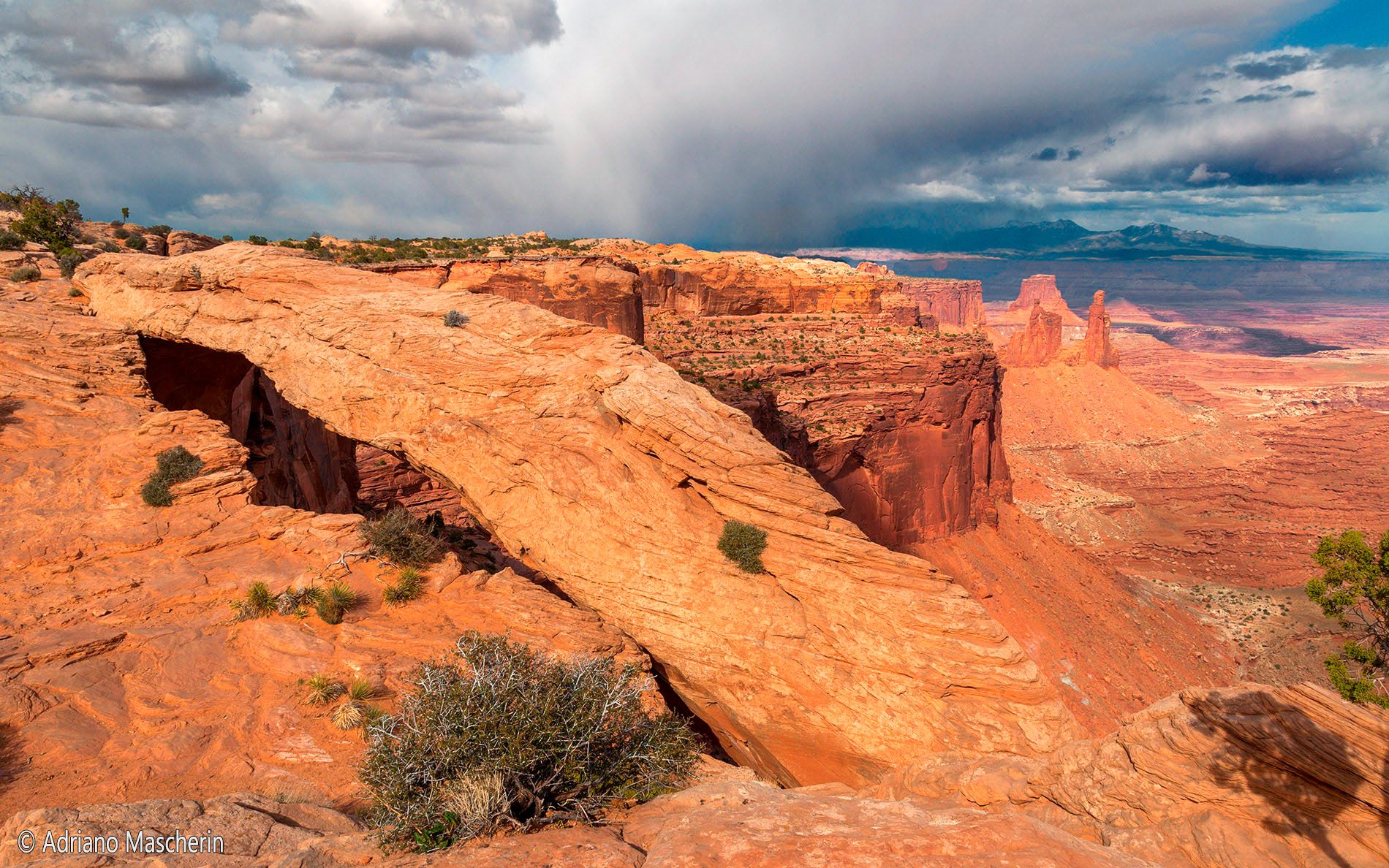
Mesa Arch - Canyonlands NP

Vermilion Cliffs NM near Lees Ferry
